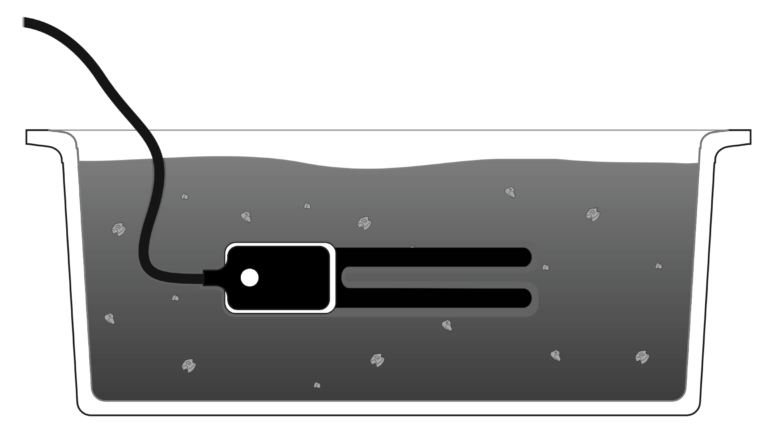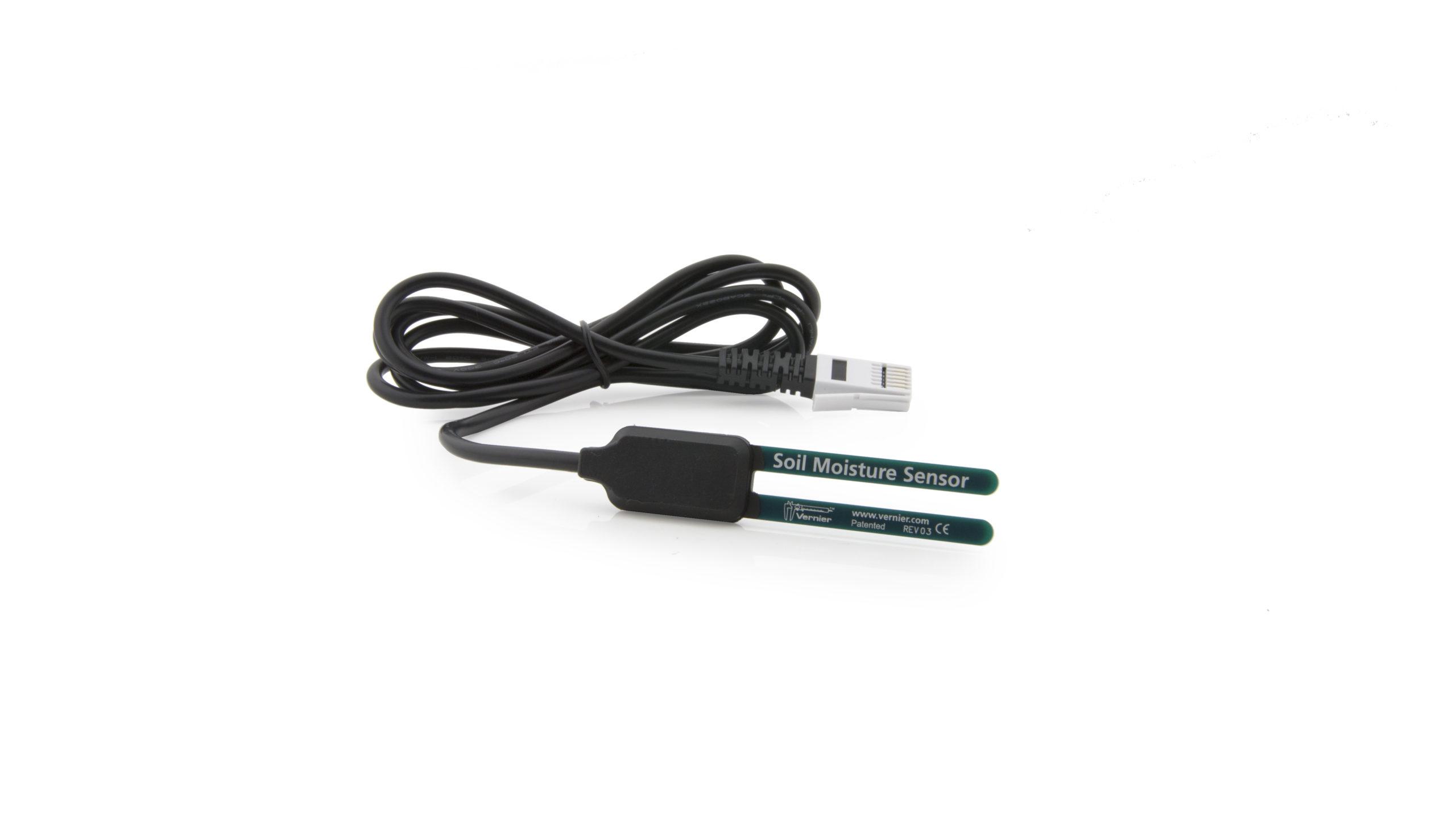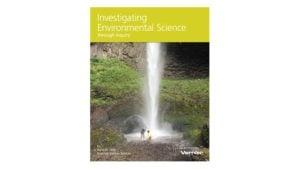Soil Moisture
Experiment #11 from Investigating Environmental Science through Inquiry
- Subject
- Environmental Science

Introduction
Soil moisture is water that is held in the spaces between soil particles. Dry soil is made up of minerals and air pockets, called pore spaces. A typical volumetric ratio would be 55% minerals and 45% pore space. As water is added to the soil, the pore spaces begin to fill with water. Soil that seems damp to the touch might now have 55% minerals, 35% pore space and 10% water. This would be an example of 10% volumetric water content. The maximum water content in this scenario is 45% because at that value, all the available pore space has been filled with water. This soil is referred to as being saturated, because at 45% volumetric water content, the soil can hold no more water.
Soils collect, store, and release water. Collection occurs as water enters the soil through surface pores in a process called infiltration.When forces of retention within soil are greater than removal forces water storage is possible. Water release takes place when plant uptake, drying, or gravitational forces overcome retention.
Objectives
In the Preliminary Activity, you will gain experience using a Soil Moisture Sensor and learn soil moisture measuring technique as you determine the volumetric soil water content of a soil sample.
After completing the Preliminary Activity, you will first use reference sources to find out more about soil moisture and factors that affect it before you choose and investigate a researchable question dealing with soil moisture.
Sensors and Equipment
This experiment features the following sensors and equipment. Additional equipment may be required.
Ready to Experiment?
Ask an Expert
Get answers to your questions about how to teach this experiment with our support team.
- Call toll-free: 888-837-6437
- Chat with Us
- Email support@vernier.com
Purchase the Lab Book
This experiment is #11 of Investigating Environmental Science through Inquiry. The experiment in the book includes student instructions as well as instructor information for set up, helpful hints, and sample graphs and data.


